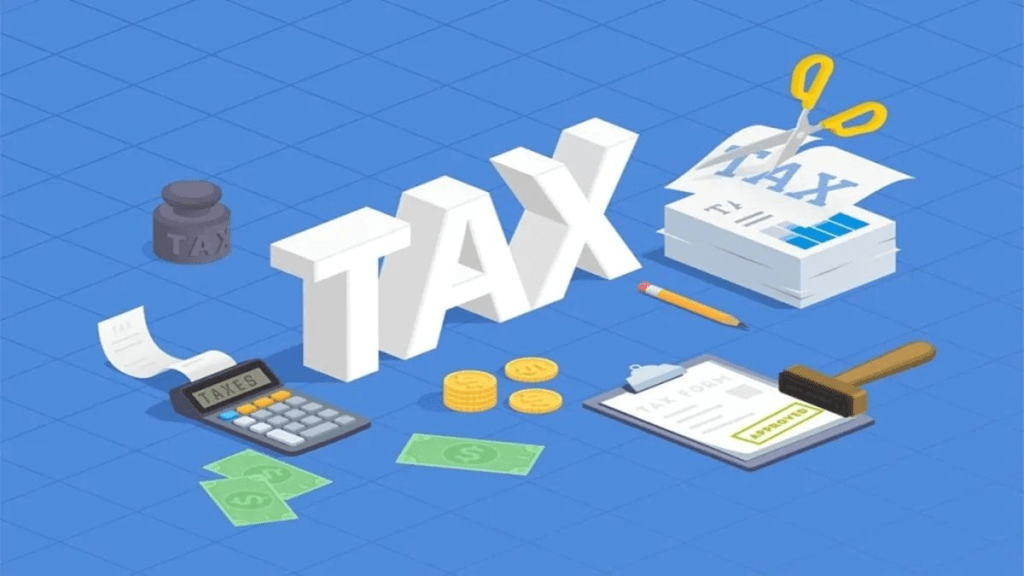The new Income Tax Bill, 2025 will be tabled in Parliament on August 11, according to reports. The new Bill is aimed at “simplifying the language and structure of the Income-tax Act, 1961”, according to the government.
Union Finance Minister Nirmala Sitharaman will table this Bill, which seeks to replace the existing Income Tax Act. She first introduced the Bill in the Lok Sabha on February 13, 2025, during the Budget session of Parliament.
The new Income Tax Bill’s simplification exercise is guided by three core principles: Textual and structural simplification for improved clarity and coherence; no major tax policy changes to ensure continuity and certainty; and no modifications of tax rates, preserving predictability for taxpayers.
For this Bill, the government ensured widespread stakeholder engagement, consulting taxpayers, businesses, industry associations, and professional bodies.
Out of 20,976 online suggestions received, relevant suggestions were examined and incorporated, where feasible, the government said in a release. “Consultations were held with industry experts and tax professionals and simplification models from Australia and the UK were studied for best practices,” it added.
Fewer chapters and sections, more tables and formulae in the new Bill
In the new Income Tax Bill, the number of chapters has been brought down to 23 from 47 in the Income Tax Act, 1961. The number of words has been almost halved to 2,59,676. There will be 536 sections in the new Bill against 819 in the Income Tax Act, 1961.
There are some additions too – the number of Tables has been increased to 57 in the new Income Tax Bill from 18 in the existing law. The number of formulae will be 46 in this Bill against 6 in the existing Income Tax Act, 1961.
Major improvements in the new Income Tax Bill
The new Income Tax Bill, 2025 aims to make tax laws simpler and more user-friendly. It uses simplified language to enhance accessibility and consolidates various past amendments to reduce fragmentation.
Obsolete and redundant provisions have been removed for better clarity. The use of structured formats like tables and formulae improves readability. Importantly, the new Bill retains existing taxation principles to ensure continuity, even as it enhances usability.
Overall, the bill reflects the government’s intent to promote ease of doing business through a clearer and more streamlined tax framework.

